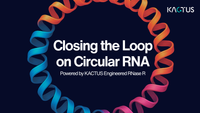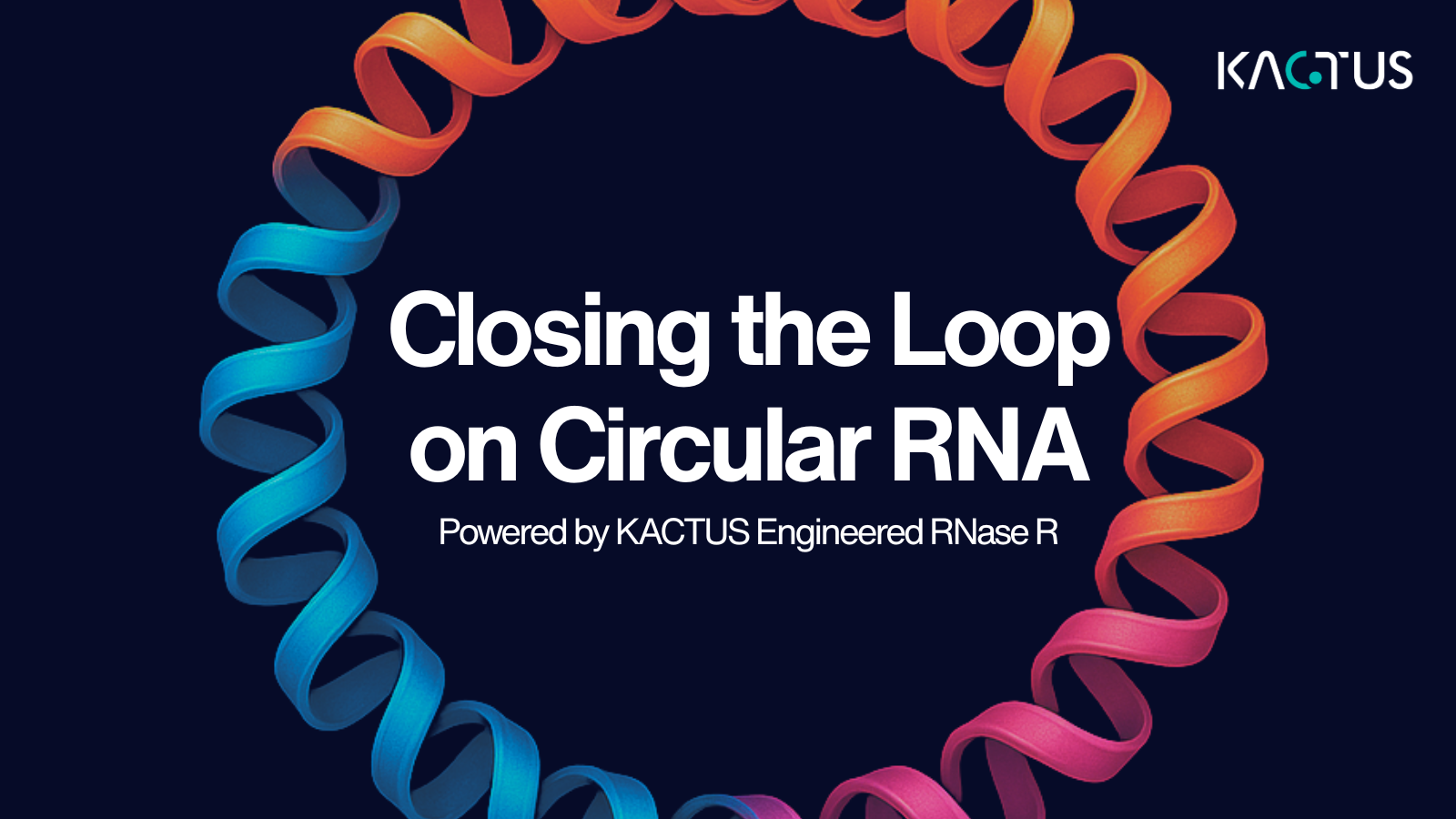The Silent Saboteur: Endotoxin Contamination and Its Impact on Your Research Data
By Tingxu Chen
Recombinant proteins are foundational tools in biological research and drug development. From enabling functional studies and powering cell-based assays to serving as immunogens in antibody discovery, they play a vital role across life sciences. Yet, a frequently overlooked threat to experimental integrity is endotoxin contamination. Even at trace levels, endotoxins can interfere with experimental readouts, induce immune responses, and skew data interpretation.
Detecting and controlling endotoxin levels is essential for ensuring accurate and reproducible results when using recombinant proteins in experiments. This article explores the biological impact of endotoxins, the methods used for their detection (particularly the Limulus Amebocyte Lysate (LAL) assay) and how these considerations affect drug discovery workflows.
What Are Endotoxins?
Endotoxins are lipopolysaccharides (LPS) associated with the outer membrane of Gram-negative bacteria. Their structure consists of three main components: a hydrophobic Lipid A moiety responsible for toxicity, a core oligosaccharide, and a variable O-antigen polysaccharide. When introduced into mammalian systems, endotoxins can activate innate immune pathways, most notably via Toll-like receptor 4 (TLR4), leading to the release of proinflammatory cytokines.

In recombinant protein production, endotoxin contamination commonly arises when using bacterial expression systems like E. coli. Even in proteins produced using mammalian or insect systems, plasmid prep and upstream processing can introduce endotoxins if bacterial components are involved.
Why Endotoxin Control Matters in Drug Discovery
The presence of endotoxins in recombinant proteins can profoundly affect drug development workflows. It can disrupt antibody discovery and development by causing a cascade of unintended immune responses leading to inaccurate results. As a powerful immune modulator, endotoxin can alter the intended purpose of a study, leading to misinterpretations and potentially compromising the safety and efficacy of a drug candidate.
Impact on Animal Immunization
Non-specific Immune Activation: Endotoxin binds to Toll-like receptor 4 (TLR4) on immune cells like macrophages and dendritic cells, triggering a strong inflammatory response. This can lead to the production of pro-inflammatory cytokines (e.g., TNF-α and IL-1) and a febrile response, which isn't related to the target antigen being studied.
Physiological Stress: The inflammatory response caused by endotoxin can induce significant physiological stress in the animal. This can lead to a range of health issues, including endotoxic shock and even death at high concentrations. Such a reaction compromises the welfare of the animal and invalidates the study.
Impact on Assay Development
Non-Specific Cell Activation: Similar to its effect in animal models, endotoxin can activate immune cells in vitro. For instance, in a T-cell assay, endotoxin can activate macrophages, which then produce cytokines that indirectly activate T-cells. This makes it impossible to distinguish between the T-cell response to the antigen being tested and the non-specific activation caused by the endotoxin contaminant.
Interference with Reagents: Endotoxins are known to bind to a variety of lab materials, such as plastics, glass, and chromatography resins, which makes them difficult to remove and can lead to cross-contamination between experiments. Additionally, certain reagents or buffers like detergents, chelating agents, or high salt concentrations can interfere with endotoxin detection assays, leading to inaccurate measurements of endotoxin levels.
Masking True Results: The robust inflammatory signal caused by endotoxin can easily mask or overpower the more subtle, specific signals from the actual therapeutic agent or antigen being studied. This can result in the misinterpretation of data and the inaccurate characterization of a new drug candidate's mechanism of action.

Therefore, to safeguard the reliability of these studies, regulatory authorities and funding agencies often require documentation of endotoxin levels, especially in therapeutic development pipelines.
The Limulus Amebocyte Lysate (LAL) Assay
The LAL assay, or Limulus Amebocyte Lysate assay, is a fundamental test used to detect and quantify bacterial endotoxins. It's considered the "gold standard" in the pharmaceutical industry for ensuring product safety due to its high sensitivity.
The LAL assay is based on a natural defense mechanism found in the horseshoe crab, Limulus polyphemus. The crab's blood contains amebocytes, a type of immune cells which are highly sensitive to the presence of bacterial endotoxins. When these amebocytes encounter endotoxin, they release an enzymatic cascade that results in the formation of a gel-like clot. This clotting reaction is the basis of the LAL assay.
The LAL assay exists in three main formats:
-
Gel-clot assay: A qualitative test where gel formation indicates the presence of endotoxin above a certain threshold.
-
Chromogenic assay: A quantitative test in which endotoxin-induced activation of the clotting cascade leads to cleavage of a chromogenic substrate, producing a measurable color change.
-
Turbidimetric assay: A quantitative approach that measures the increase in turbidity resulting from the enzymatic reaction.
While the LAL assay is highly effective and widely accepted, the reliance on horseshoe crab blood is an ethical and resource-limiting challenge. Alternatives to the LAL assay have been developed, most notably the Recombinant Factor C (rFC) assay. This method uses a genetically engineered version of the Factor C enzyme, which is the first enzyme in the clotting cascade, eliminating the need for horseshoe crab blood. This offers a sustainable and highly specific alternative for endotoxin detection.
KACTUS: Raising the Standard with Ultra-Low Endotoxin Proteins
To support high-integrity, reproducible research, KACTUS is proud to introduce our ultra-low endotoxin recombinant protein portfolio. Every batch is rigorously tested using the LAL assay, ensuring:
-
Endotoxin levels below 0.01 EU/μg
-
In many cases, as low as 0.001 EU/μg
These upgraded proteins are ideal for sensitive applications such as animal immunization, ELISA, flow cytometry, and preclinical assays where even trace endotoxins can compromise results.
By focusing on endotoxin control from expression through purification and testing, KACTUS aims to empower researchers with consistently high-quality reagents, enabling breakthrough discoveries with confidence and reproducibility. Learn more about our ultra-low endotoxin rollout.
References:
Kim, H.J., Kim, H., Lee, J.H. et al. (2023). Toll-like receptor 4 (TLR4): new insight immune and aging. Immun Ageing, 20, 67. doi:10.1186/s12979-023-00383-3
Ulmer, A.J. et al. (2000). Induction of proliferation and cytokine production in human T lymphocytes by lipopolysaccharide (LPS). Toxicology, 152(1-3), 37-45. doi:10.1016/s0300-483x(00)00290-0
Fujihara, Mitsuhiro et al. (2003). Molecular mechanisms of macrophage activation and deactivation by lipopolysaccharide: roles of the receptor complex. Pharmacology & Therapeutics, 100(2), 171-94. doi:10.1016/j.pharmthera.2003.08.003
Baffetta, F., Cecchi, R., Guerrini, E., Mangiavacchi, S., Sorrentino, G. and Stranges, D. (2024). Relationship between Endotoxin Content in Vaccine Preclinical Formulations and Animal Welfare: An Extensive Study on Historical Data to Set an Informed Threshold. Vaccines, 12(7), p.815. doi:10.3390/vaccines12070815











